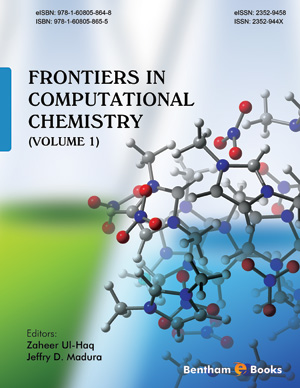Abstract
The computational study of biologically active molecules plays important roles in drug development, as it provides information on molecular properties which, in turn, determine the biological activities of compounds. Within a living organism, molecules are within a medium and, therefore, their activity is exerted in a medium. Because of this, knowing how the presence of a medium influences the properties of a given molecule is important for drug development. This chapter aims at providing a comprehensive overview of the aspects relevant to the computational study of biologically active compounds in a medium. It outlines the main models currently utilised to take into account solute-solvent interactions and the solvent effects on the molecular properties of the solute, considering also the information abilities and limitations of each model and the challenges for further research. It discusses relevant criteria for the selection of the preferable solvents to consider in the study of a given molecule. Information, analyses and discussions are extensively supported by the consideration of examples from literature and from the authors’ direct experience.
Keywords:
Acylphloroglucinols, Biologically active molecules, Discrete models, Drug design, Polarisable continuum model, Solute-solvent interactions, Solvent effects.


 Download PDF Flyer
Download PDF Flyer